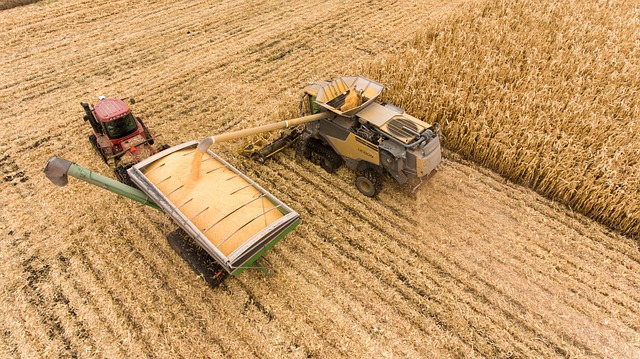In the ever-evolving landscape of agriculture, one topic remains paramount: rural infrastructure. It forms the backbone of agricultural success, influencing farmers’ abilities to transport goods, access markets, and adopt innovative practices. Transport sustainability is crucial within this framework, as it directly impacts the efficiency and effectiveness of rural development.
Rural infrastructure is more than just roads and bridges; it is the lifeline for farmers who rely on these networks to distribute their products. In today’s fast-paced economy, the pressure to maintain sustainable practices while ensuring that goods are delivered on time has never been greater. The future of agricultural transport lies in integrating green technologies and solutions that not only reduce carbon footprints but also enhance the overall resilience of rural areas.
Imagine a rural farm community where electric vehicles replace diesel trucks, reducing air pollution and promoting healthier living conditions. Solar-powered charging stations could dot the landscape, enabling farmers and transporters to harness renewable energy while moving their produce to urban markets. Such advancements are not merely hypothetical; they are within reach, provided that rural infrastructure keeps pace with technological innovation.
Investing in rural infrastructure is essential for achieving long-term agricultural goals. Improved roads, efficient public transportation, and state-of-the-art logistics facilities can transform how farmers interact with their marketplaces. By facilitating easier access to urban centers, these developments help ensure that fresh, local produce reaches consumers without unnecessary delays or waste.
The integration of smart logistics systems can further revolutionize this space. Drones for aerial surveying and delivery, GPS tracking for efficient routing, and data analytics for demand forecasting all exemplify how technology can make rural transport systems sustainable and efficient. Such systems empower farmers and rural communities to better align with market needs, ultimately leading to more effective agricultural practices.
Moreover, focusing on rural development through infrastructure improvements does not only benefit the agricultural sector; it also enhances overall community well-being. Job creation in construction and transport sectors, improved access to healthcare and education, and increased connectivity can uplift entire regions. This comprehensive approach to rural infrastructure ensures that local farmers are not just producers but key players in a dynamic economy.
For the future of transport sustainability in rural areas, collaboration is essential. Stakeholders—including government agencies, private companies, and agricultural organizations—must work together to identify the unique needs and challenges of each community. By prioritizing sustainable infrastructure initiatives tailored to local conditions, we can create a resilient framework that supports both farmers and their communities.
Ultimately, the vision for rural infrastructure must be forward-thinking and inclusive. As we embrace the potential of sustainable transport solutions, we not only invest in our agricultural future but also enrich the lives of those who depend on it. Let us seize the opportunity to revolutionize rural agriculture by creating infrastructures that are not only efficient and innovative but also sustainable for generations to come.




